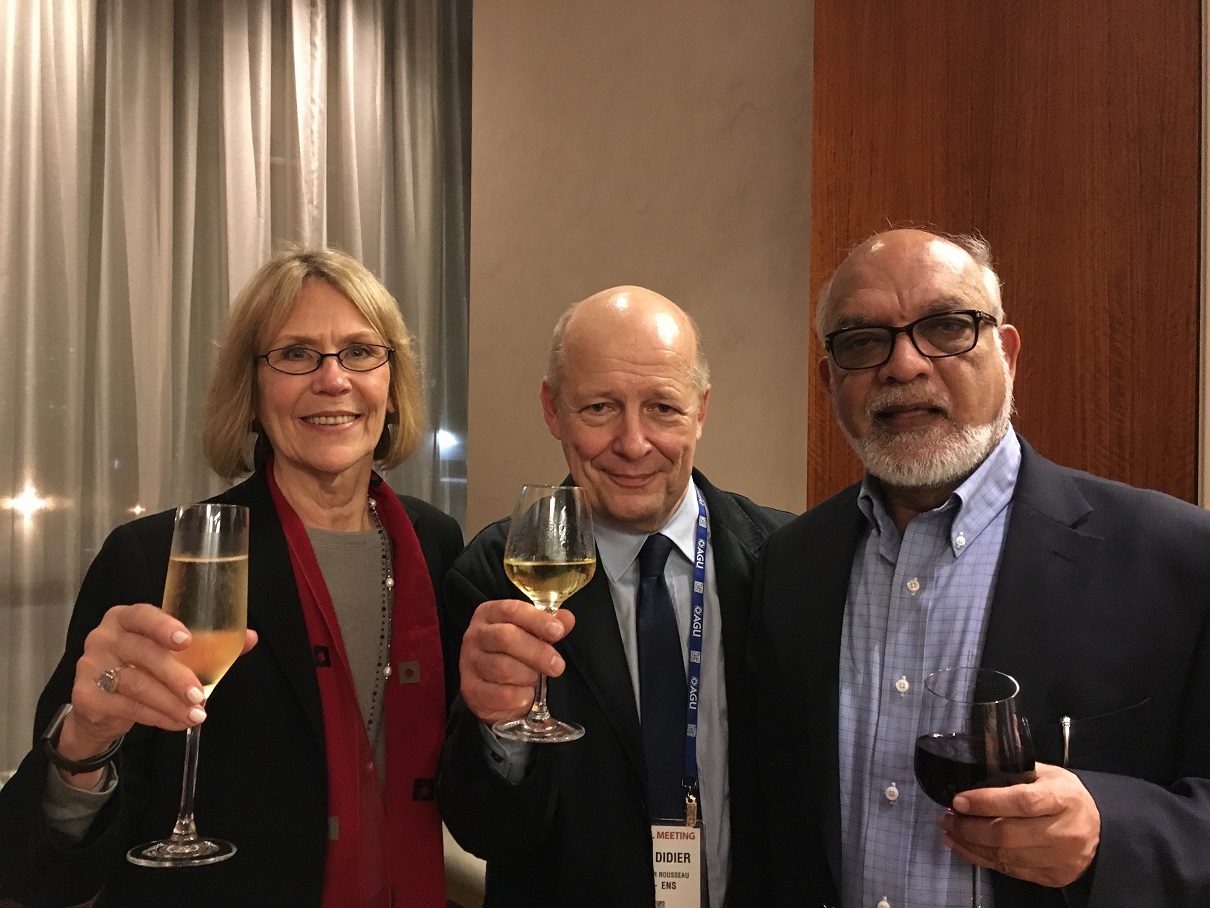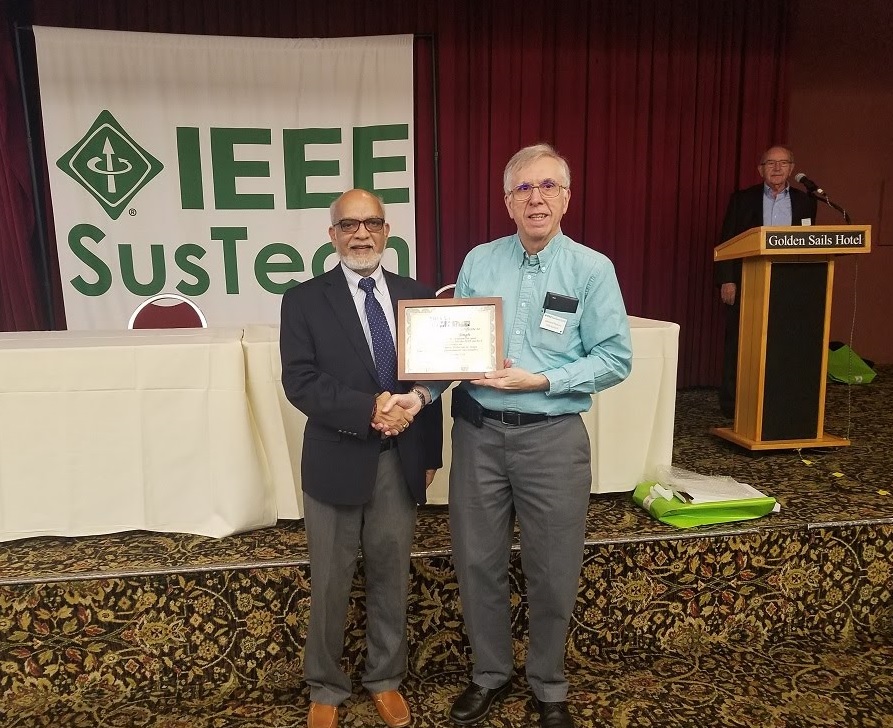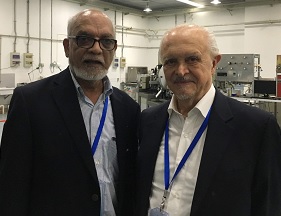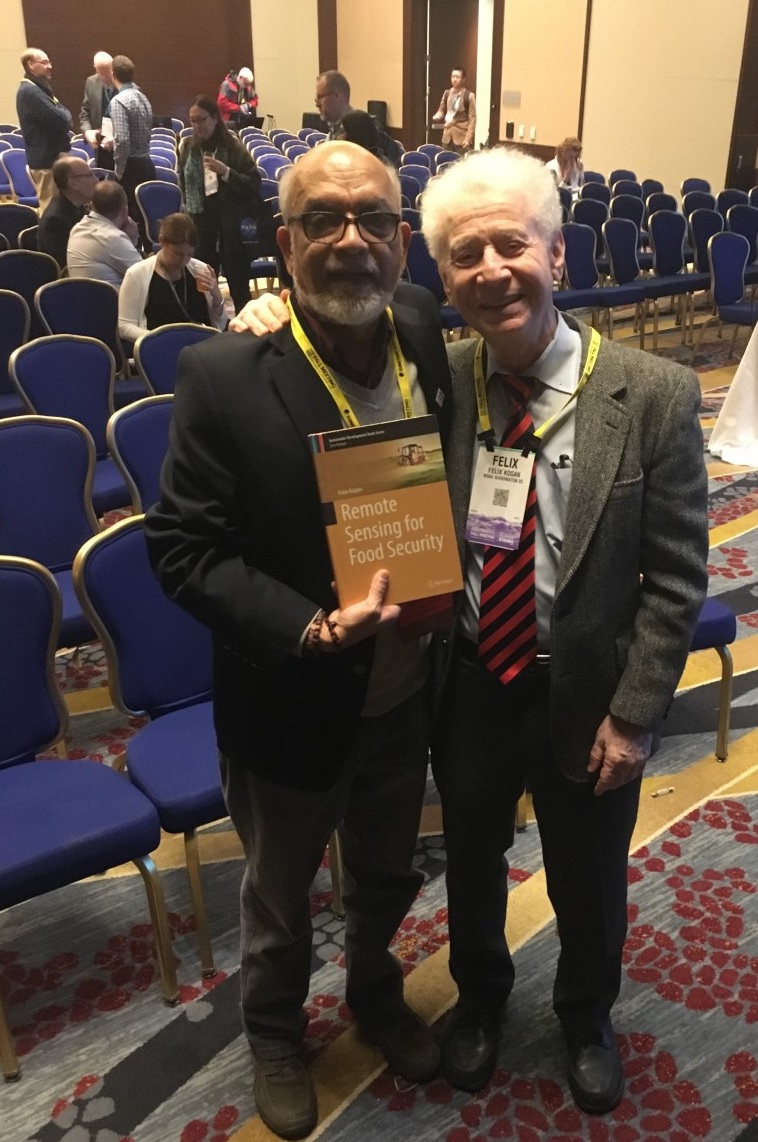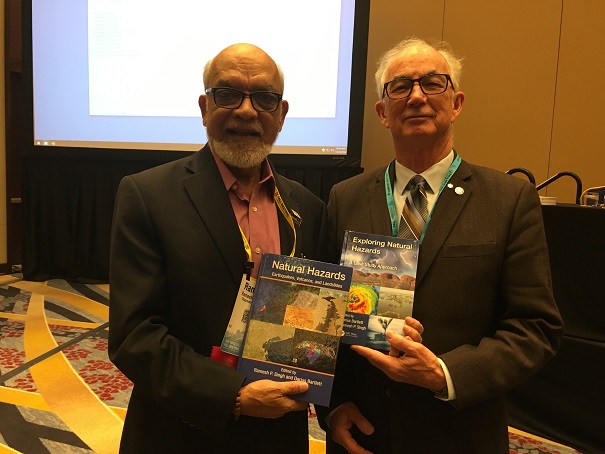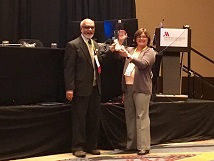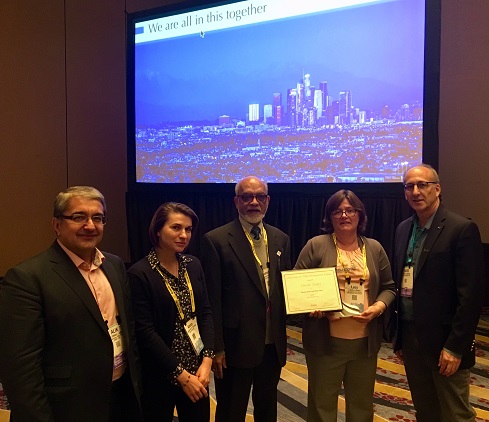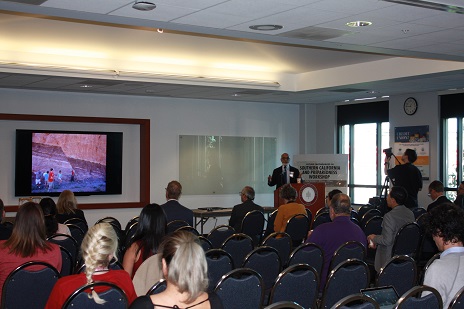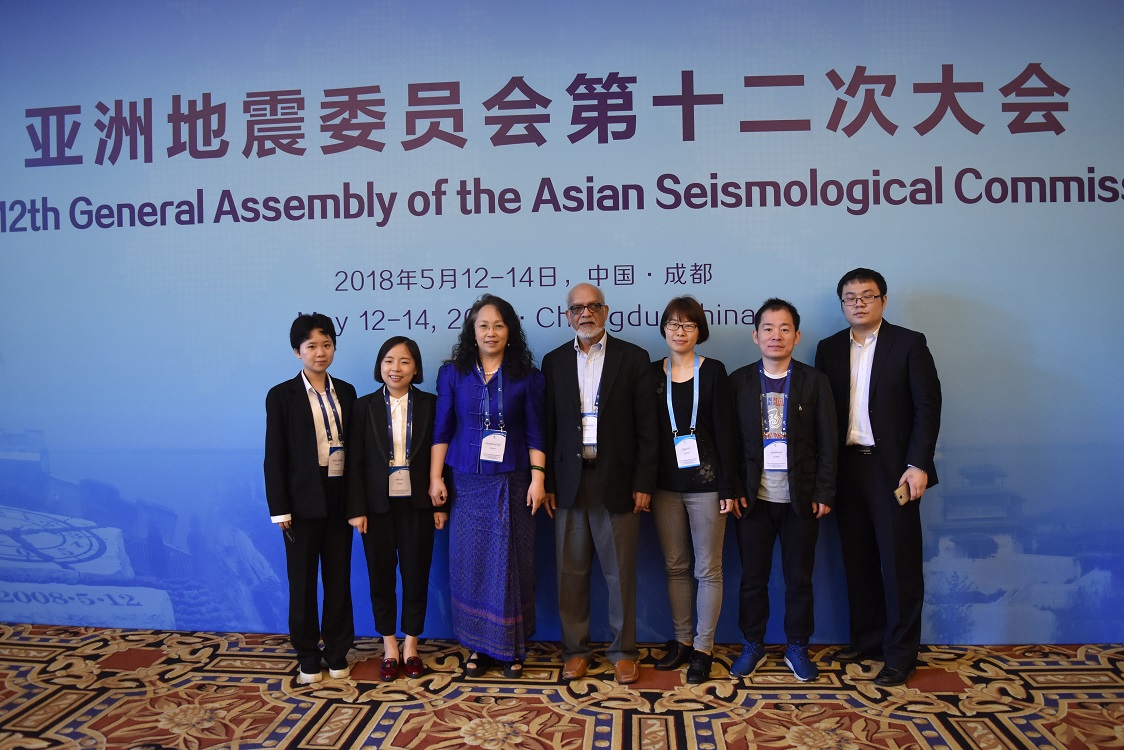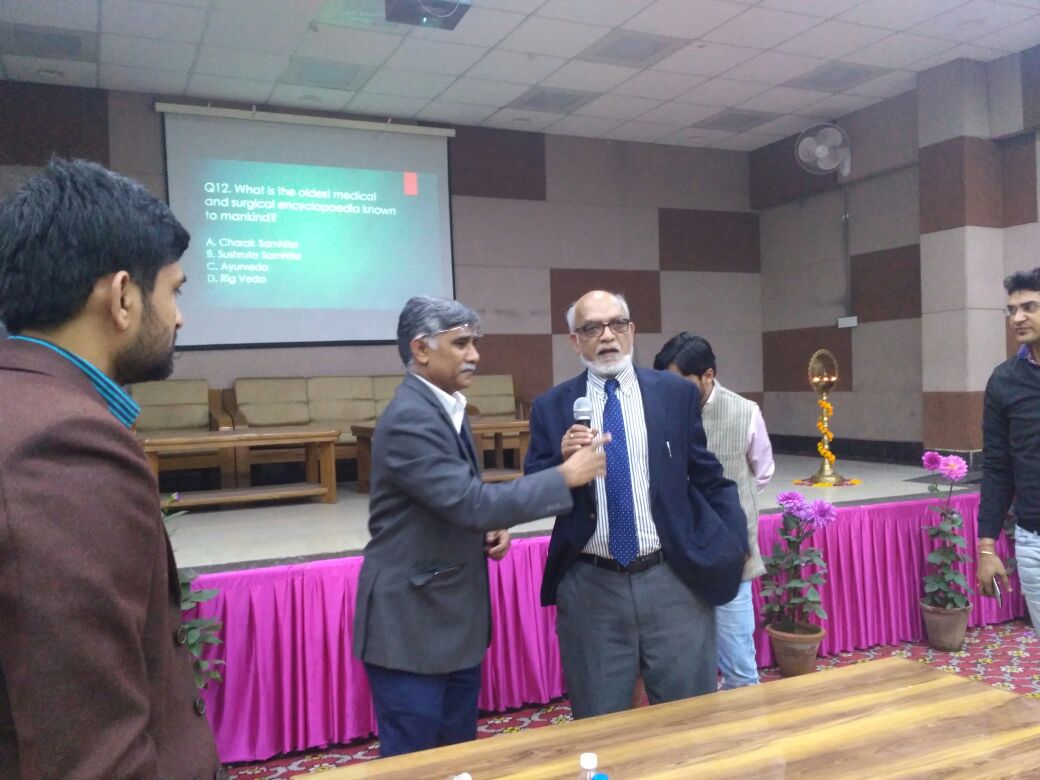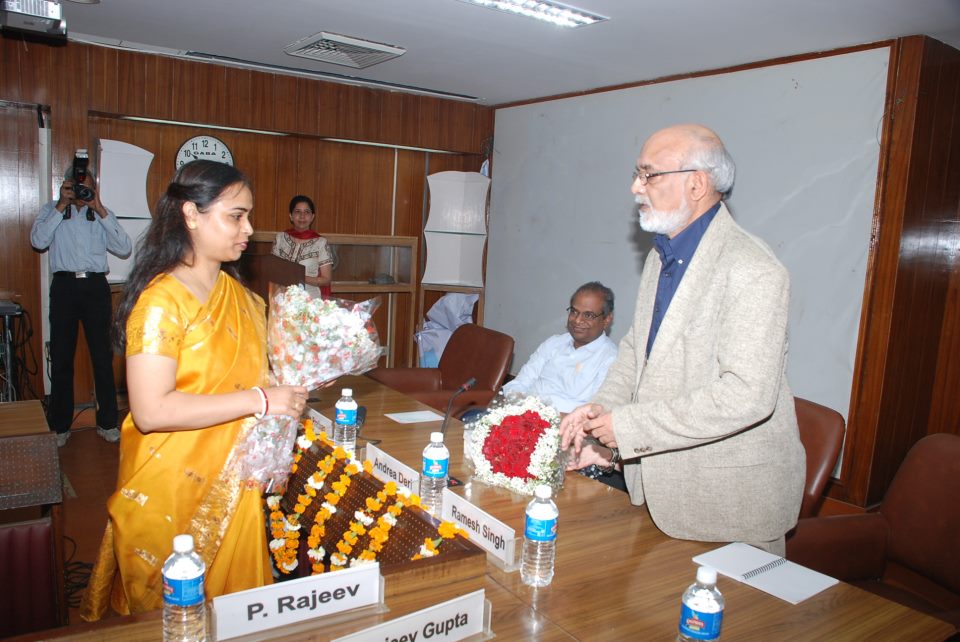Ramesh Singh
Professor
Department of Physics, Computational Science and Engineering,
Schmid College of Science, Chapman University,
Hashinger #219
One University Drive, Orange, CA 92866
Phone:(O) 714-289-2057;
Fax: 714-516-4542 / 714-289-2041
Email: rsingh@chapman.eduKey Note Speaker - IEEE Conference on Technologies for Sustainability Nov 11-13 2018, Long Beach, California
Please check the Workshop Program here
Please check the Workshop Flyer here
Profile
Professor, School of Life & Environmental Sciences, Chapman University, CA, USA as of January 2009. He was a Professor with George Mason University, Virginia, USA during 2007-2009 and Distinguished Visiting Professor (2003-2005) with the Centre of Earth Observing Space Research. He was Professor in the Department of Civil Engineering, Indian Institute of Technology Kanpur, India during 1986-2007. His main areas of interests are Natural Hazards, Seismic Risk evaluation and urban environment and Atmospheric pollution.
Education
He obtained his Bachelor degree in 1974 and Master degree in Applied Geophysics in 1976 from Banaras Hindu University, Varanasi, India. He was with the National Geophysical Research Institute, Hyderabad during 1976-1977. During Sept. – Dec. 1977, he was a Guest Scientist at the International Center for Theoretical Physics, Trieste, Italy.
After obtaining Ph.D. degree in 1980, he joined Department of Mining Engineering, Indian School of Mines, Dhanbad, India as a Senior Research Officer during Nov. – Dec. 1980. He joined Department of Physics, University of Alberta, Edmonton where he was a Post-Doctoral and AOSTRA Fellow during Dec. 1980-Jan. 1986. While his stay in Canada, he worked in the field of Magnetotelluric, Geotomography and Electrical Properties of Rocks in microwave frequency range. He published research papers in Geotomography, Dielectric properties, magnetotelluric and remote sensing in leading Canadian, SEG, EAEG and AGU Journals.
1986-2007
In Feb. 1986, he returned to India and joined Department of Civil Engineering, Indian Institute of Technology, Kanpur, where he spent 23 years from 1986-2007. He supervised B.Tech. projects, three dozens M.Tech. thesis and four thesis of Ph.D. students. While he was at IIT Kanpur, he developed collaboration with Sweden, Japan, Poland, Russia and France. He carried out Magnetotelluric (MT) soundings upto 150 sites in India and Himalaya in collaboration with scientists from Sweden and Japan, the field work was sponsored by Oil and Natural Gas Commission and Department of Non-Conventional Energy Sources (DNES), Government of India. He used magnetotelluric data to study the deeper geophysical and geological subsurface structure and to understand seismicity of Indian Shield. Using MT data and theoretical MT analysis, he observed coastal effect on the MT measurements upto 50 km from the coastal region.
As a Professor in the Department of Civil Engineering, IIT Kanpur, he developed some of the innovative techniques to characterize soil and underground parameters using cross-borehole tomography and developed RAYPT (Ramesh-Yashpal technique, published in SEG Journal GEOPHYSICS) technique for the analysis of cross-borehole data. He supervised M.Tech. thesis of students using optical and microwave remote sensing data for various applications, natural hazards, geomorphological features, snow/glaciers, soil moistures, desert mapping, atmospheric pollution and drought mapping.
While working in India, he received Indian National Remote Sensing (Indian Society of Remote Sensing in 1997), National Mineral (Government of India in 1993) and Hari Om Ashram Prerit (1997) awards. He visited Free University Berlin, Germany as an Alexander von Humboldt Fellow for one year and Hirosaki University, Japan as a JSPS Fellow for six months. While at IIT Kanpur, he travelled many foreign countries, France, Italy, Sweden, China, Japan, Hungry, Germany, Thailand, Holland, UK, during summer months He is Fellow of the Indian Society of Remote Sensing and also Fellow of the Indian Geophysical Union. He was member of the Executive Body of the Indian Society of Remote Sensing, and he was also Chief Editor of the Indian J. Remote Sensing for several years. He was also Corresponding Editor of EOS weekly News Paper of the AGU and also served for two years in the AGU Committee on International Participation. While at IIT Kanpur, several times he was included in the Scientific National Delegation to represent India in COSPAR Scientific Assembly and also IUGG General assembly.
2003-2005 & 2007-2009
He spent two years with the Center of Earth Observing Space Research (CEOSR), George Mason University as a Distinguished Visiting Scientist during 2003-2005. Later, he joined George Mason University, Fairfax, Virginia, USA as Full Professor in August 2007 until Jan. 2009. He moved to west coast and joined Chapman University, Orange, USA where he is Professor of Remote Sensing and Earth Sciences with School of Life and Environmental Sciences. He has taught Environmental and Earth Science courses to undergraduate students and Earth Science, Natural Hazards and Environmental Hydrology senior level and graduate classes. He has mentored high school and undergraduate research related to remote sensing applications to study climate change and its impacts on fish along east and west coasts, atmospheric pollution in India and China, characteristics of hurricanes in US and Himalayan snow/glaciers. He has also carried out changes in radon concentrations and water levels in borehole associated with earthquakes occurred in China, Nepal and Chile.
He has published more than 200 papers in International refereed Journals and edited several books. He is member of the International Committees on GeoRisk Commission and EMSEV Bureau and is the Chief Editor of Geomatics, Natural Hazards and Risk, Associate Editor of the International Journal of Remote Sensing and past Chief Editor of the Indian Journal of Remote Sensing. Currently he is President, AGU Natural Hazards Focus Group for the term Jan. 2017 – Dec. 2018.
Current Research
Natural Hazards: Earthquakes, Forest fires, Hurricanes/Cyclones/Typhoons, Remote sensing of snow/glaciers, Atmospheric pollution in China and India. Air quality, Crop residue burning, Climate and Natural Hazards, Land-Ocean-atmosphere-biosphere-cryosphere coupling.
-
New Events
International Workshop on Climate Change and Extreme Events in the Himalayan RegionNew
Register Online Now ! -
Previous Events
Workshop on "Future Earthquakes in Southern California and Preparedness"New
Japan Society for the Promotion of Science (JSPS) US Alumni 2018 Seminar on "Growing Atmospheric Pollution and Its Impact on Climate
-
What's New!
GeoRisk 2012 Report
My Citations
New Journal - TGNH
Insight of Recent ERL paper -
EMSEV
EMSEV 2010
EMSEV Proceedings
EMSEV Bureau
IUGG GeoRisk Commission
Ramesh Singh - IIT Kanpur
